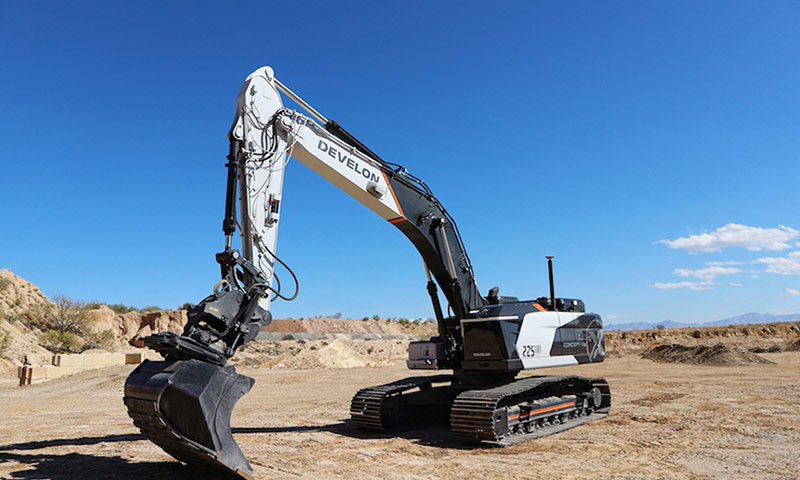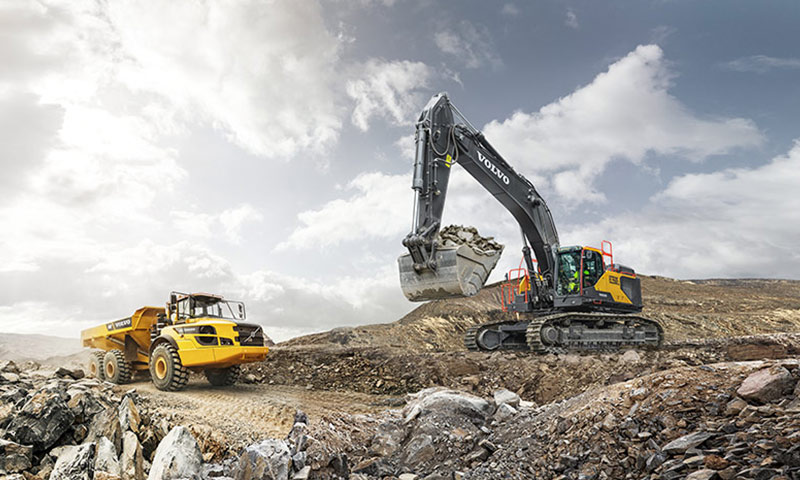
WearCheck has developed an Advanced Industrial Kit, in which an expanded range of sample types is analysed for particle counts and acid numbers (TAN).
The company has also introduced a product that includes an image of a debris pad, both normal and magnified, irrespective of whether any serious debris was detected.
Diagnostic manager for WearCheck, John Evans, explains, “Traditionally, particle counting has only been carried out on what are termed ‘clean-oil-systems’. Such components include hydraulics, compressors, automatic transmissions and turbines.
“Particle counting has not been carried out on ‘drivetrain’ components such as gearboxes and drives, as dilution of the sample is required to process high viscosity oils or oils that are badly contaminated. This is time-consuming and difficult to carry out, but WearCheck has created an automated procedure to handle these samples, making it a lot easier process them.”
Evans elaborates further, “The effect that particulate contamination of oil has on wear rates has been well established for many years. Cleaner oils will reduce the possibility of equipment failure and greatly extend its lifetime. Many customers are now interested in monitoring the cleanliness of gear as well as hydraulic oils, and this new service will allow the assessment of contamination in gear oils, enabling customers to set targets, achieve these targets and improve on them – thus extending the life of gear type components.”
Typically, acid numbers are only analysed for compressor and turbine samples, but with the introduction of particle counting on all samples except engines (the oil is too dark), WearCheck has decided to extend this service to include a TAN on all samples as well.
Particularly on industrial equipment, the acid number is about the only means of assessing the health of the oil and is now included on all hydraulics and gearboxes as well as turbines and compressors. Says Evans, “The TAN gives our customers an extra indication of oil degradation and alerts them to the fact that the oil needs changing before damage is done to the component.”
Finally, various screening tests are carried out on all samples (PQ, particle counting and visual assessment) to see whether debris analysis is required. The Microscopic Particle Examination is carried out when one or more of these tests fail and the oil is filtered through a fine filter membrane, and any debris present is assessed with a microscope. A zoomed in (20 time magnification) and a normal image of the debris is taken and included on the report.
WearCheck’s new service includes a full debris analysis irrespective of whether the screening tests have failed or not. This gives customers extra assurance of oil cleanliness or, in the case of severe wear or contamination, two pictures detailing all the gory details.




